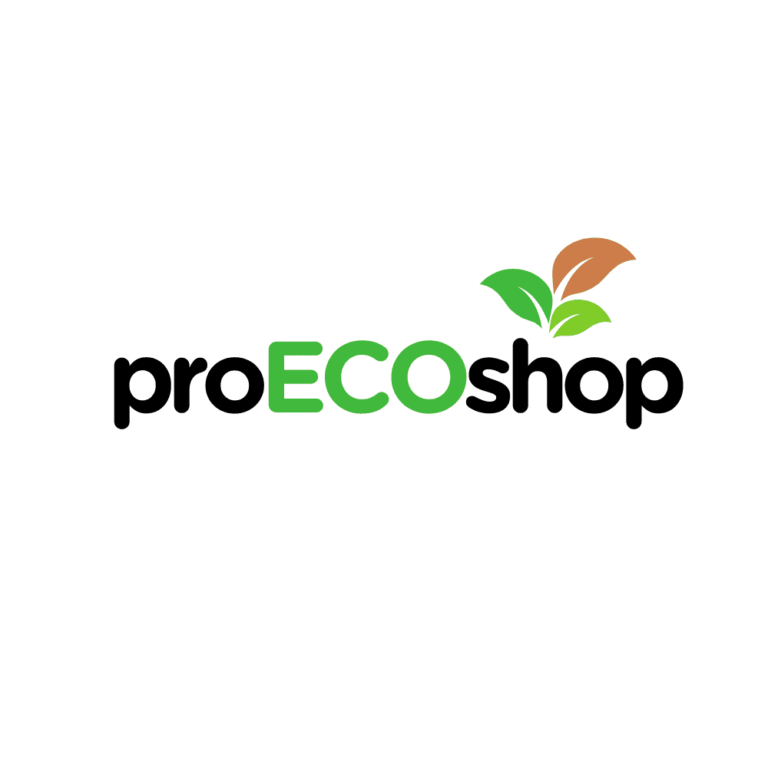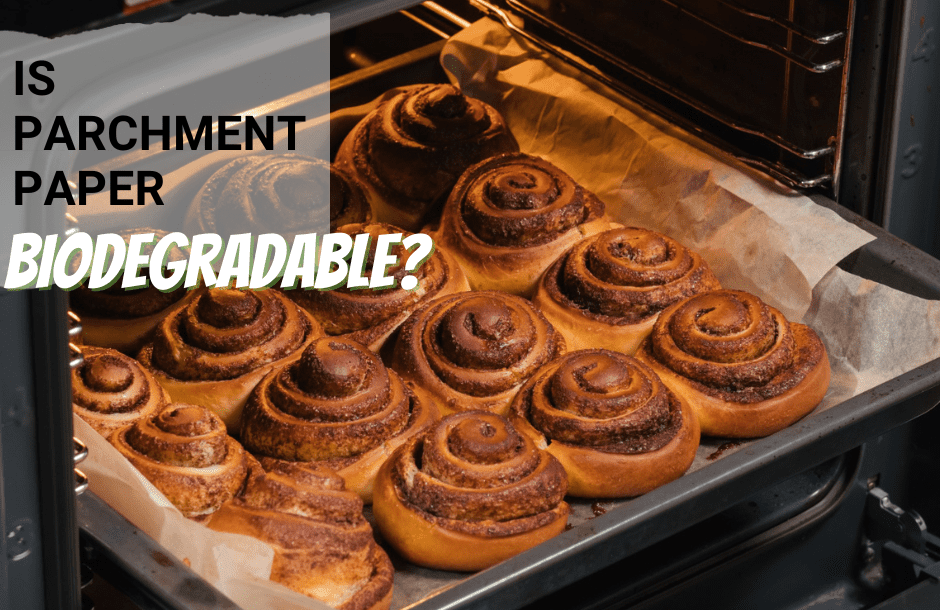Parchment Paper is biodegradable and sustainable cooking material. It is made of paper and can be composted. It is also non-toxic and emits low levels of greenhouse gases.
Yes, parchment paper is biodegradable. In fact, it’s one of the most environmentally friendly papers you can use. It’s made from natural materials, so it breaks down quickly and doesn’t release harmful toxins into the environment.
Sustainable Cooking Parchment Paper 101
There are three types of baking parchment paper: standard, non-stick, and silicone. Each has its own unique benefits and drawbacks.
Standard baking parchment is the most commonly used type. It’s a thin, white paper that is coated with a vegetable wax. This allows food to easily release from the paper without sticking. Standard baking parchment is also non-stick, meaning that it won’t stick to baking pans or food. However, it is not heat resistant and should not be used in ovens higher than 425 degrees Fahrenheit.
Non-stick baking parchment is similar to standard baking parchment, but it is made with a silicone coating. This makes it heat resistant up to 500 degrees Fahrenheit. However, food can still stick to the paper if not properly greased.
Silicone baking parchment is made with a silicone coating that makes it heat resistant up to 600 degrees Fahrenheit. It is also non-stick, making it a good choice for baking foods that tend to stick to paper, like cookies. However, silicone baking parchment is more expensive than standard or non-stick baking parchment.
Eco-friendly Baking Parchment Paper Types
When it comes to eco-friendly baking, there are a few different things you can do to make sure that your baking is as kind to the environment as possible. One of these is to use baking parchment paper. There are a few different types of eco-friendly parchment paper available on the market, and each has its own benefits.
The most common type of eco-friendly parchment paper is made from recycled paper. This type of paper is made from waste paper that has been recycled and reprocessed into new paper. It is usually the most affordable option, and it is also biodegradable. However, it can be less durable than other types of parchment paper and it may not be as resistant to heat.
Another type of eco-friendly parchment paper is made from bamboo. This type of paper is made from the bamboo plant, which is a sustainable resource. Bamboo is a fast-growing plant, and it does not require a lot of water or fertilizer to grow. Bamboo also releases more oxygen into the atmosphere than most other plants, making it a more environmentally friendly option. Bamboo parchment paper is durable and heat resistant, and it is also biodegradable.
The third type of eco-friendly parchment paper is made from cotton. Cotton is a natural fiber that is grown without the use of pesticides or fertilizers. Cotton parchment paper is durable and heat resistant, and it is also biodegradable.
If you are looking for an eco-friendly option for your baking needs, consider using baking parchment paper made from recycled paper, bamboo, or cotton. Each of these options has its own benefits, and they all help to reduce the environmental impact of your baking.
Parchment Paper Alternatives: Reusable Baking Liner
Are you looking for an easy way to reduce the amount of time you spend cleaning up baking messes? If so, you may want to consider using a reusable baking liner. Baking liners come in a variety of materials, including silicone, parchment paper, and foil. They are designed to fit inside baking pans, making cleanup a breeze.
Reusable baking liners are a great way to reduce the amount of waste you produce. Instead of throwing away disposable baking liners after each use, you can simply wash and reuse them. This can help you save money and reduce your environmental impact.
Reusable baking liners are also a great way to keep your baking pans clean. No more scrubbing baked-on messes from your pans – simply remove the baking liner and throw it away.
If you’re interested in using a reusable baking liner, there are a few things you should keep in mind. First, make sure the liner you choose is the right size for your baking pan. Also, be sure to check the manufacturer’s instructions to make sure the liner can be used in the oven.
Reusable baking liners are a great way to make cleanup a breeze. If you’re looking for an easy way to reduce the amount of time you spend cleaning up baking messes, be sure to try a reusable baking liner.
Are reusable baking liners eco-friendly?
There is some debate over whether or not reusable baking liners are eco-friendly. While they do eliminate the need for disposable baking liners, which are not biodegradable, some argue that the manufacturing process of reusable baking liners is not environmentally friendly.
Others argue that the benefits of reusable baking liners outweigh the environmental impact of their manufacture. Reusable baking liners are made of silicone, which is a durable and heat-resistant material. They can be used multiple times, and can be easily cleaned with soap and water.
Reusable baking liners also help to reduce the amount of waste produced by baking. Baking often results in the waste of paper baking cups and aluminum foil baking sheets. With reusable baking liners, there is no need for these disposable items, which can save both time and money.
Ultimately, the decision of whether or not to use reusable baking liners is up to the individual. If you are concerned about the environmental impact of the manufacturing process, then you may want to choose a different type of baking liner. However, if you are looking for a durable, reusable, and easy-to-clean baking liner, then silicone baking liners are a good option.
How to Dispose of Parchment Paper sustainably
Nowadays, parchment paper is widely used in the kitchen. But what do you do with it after you have finished using it? In this article, we will teach you how to properly dispose of parchment paper.
First, let’s take a look at some of the benefits of using parchment paper in the kitchen. Parchment paper is non-stick, meaning that it does not stick to food. This makes it a great tool for baking and cooking, as it prevents food from sticking to the pan or baking dish. Parchment paper is also grease-resistant, which means that it does not absorb grease like regular paper does. This makes it a great tool for cooking bacon or other fatty foods.
Now that we have discussed some of the benefits of using parchment paper, let’s take a look at how to properly dispose of it. The best way to dispose of parchment paper is to recycle it. Parchment paper is made from a type of paper called tissue paper, which is made from recycled paper. So, if you have a recycle bin in your kitchen, you can recycle your parchment paper.
If you do not have a recycle bin in your kitchen, you can also compost your parchment paper. Parchment paper is compostable, meaning that it can be composted in a compost bin. If you do not have a compost bin, you can also compost your parchment paper in your backyard.
Finally, if you do not have a recycle bin or a compost bin, you can simply throw your parchment paper in the trash. But, we recommend recycling or composting your parchment paper whenever possible, as this is the best way to dispose of it.
FREQUENTLY ASKED QUESTIONS
What is Parchment Paper made of?
Cooking-grade parchment paper is made of cellulose fibers derived from wood, bamboo, cotton, or recycled paper. It is a natural product that is bleached with hydrogen peroxide and then silicone-treated to make it water and grease-resistant.
Can parchment paper be recycled after use?
The answer to this question is yes, you can recycle parchment paper after baking food with it. Parchment paper is made from a combination of vegetable oils and wax, so it is recyclable. However, if the parchment paper has been contaminated with food, it is best to throw it away instead of recycling it.
How long does Parchment Paper decompose?
One of the benefits of parchment paper is that it is biodegradable. This means that it decomposes naturally in the environment. It will break down into smaller and smaller pieces until it is ultimately absorbed by the soil. This process can take several months or years, depending on the conditions of the environment.
Parchment paper is not compostable, however. This means that it cannot be put into a compost bin to decompose. It must be disposed of in the trash or recycling bin.
Overall, parchment paper is a biodegradable and environmentally friendly option for food preparation. It breaks down naturally in the environment and does not release any harmful chemicals into the air or soil.
Is Parchment Paper compostable?
There is a lot of confusion about what can and cannot be composted. One item that often gets brought up is parchment paper. It is often believed that because parchment paper is made from vegetable matter, it can be composted. However, not all parchment paper can be composted.
The main ingredient in parchment paper is cellulose, which is a type of carbohydrate. Cellulose is found in all plant matter, so it is natural that parchment paper would be made from it. However, not all cellulose is the same. There are two types of cellulose: soluble and insoluble. Soluble cellulose is the type that can be composted. Insoluble cellulose is the type that cannot be composted.
Parchment paper is made from insoluble cellulose. This means that the cellulose in parchment paper is not broken down by microorganisms in the compost pile. Therefore, the parchment paper will not decompose and will likely end up being composted as garbage.
There are a few ways to tell if parchment paper is made from soluble or insoluble cellulose. One way is to look at the packaging. If the packaging says the parchment paper is compostable, then it is made from soluble cellulose. If the packaging does not mention composting, then the parchment paper is likely made from insoluble cellulose.
Another way to tell is to look at the ingredients. If the parchment paper contains the word ‘cellulose’, then it is made from insoluble cellulose. If the parchment paper does not contain the word ‘cellulose’, then it is made from soluble cellulose.
So, can parchment paper be composted? The answer is yes, but only if it is made from soluble cellulose. If it is made from insoluble cellulose, then it cannot be composted and will likely end up in the garbage.
What is unbleached parchment paper?
Unbleached parchment paper is a type of paper that is made from natural materials. It is made without the use of chemicals or bleaches, which gives it a natural tone and color. This type of paper is often used for food items, as it is non-toxic and safe to eat. It is also used for other purposes, such as crafts and art projects.
parchment paper vs wax paper, what’s the difference?
Parchment paper and wax paper are both types of paper that are often used in cooking. They have different properties, however, that make them better suited for different purposes.
Parchment paper is made of a higher quality paper than wax paper. It is also coated with a silicone-based substance that makes it resistant to heat and moisture. This makes it ideal for baking, as it prevents the food from sticking to the pan and makes it less likely to burn.
Wax paper, on the other hand, is not as heat-resistant as parchment paper. It is, however, less expensive and can be used for tasks such as wrapping food or covering dishes.
Want to know more about various BIODEGRADABLE products & materials?
Check out our latest articles and tips for enjoying your simple and sustainable life.

